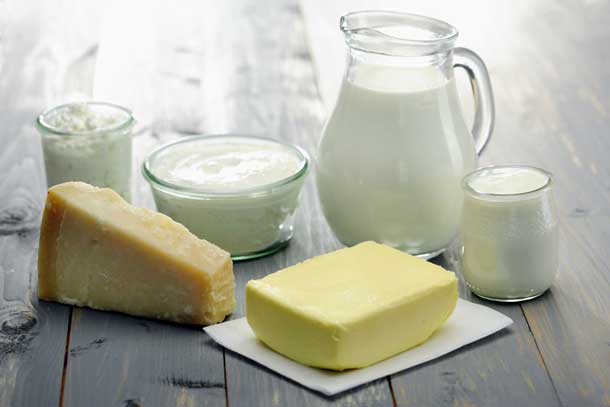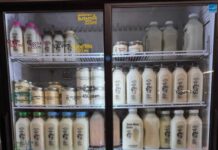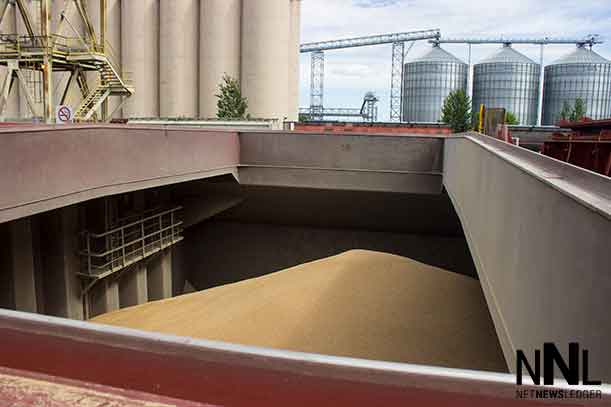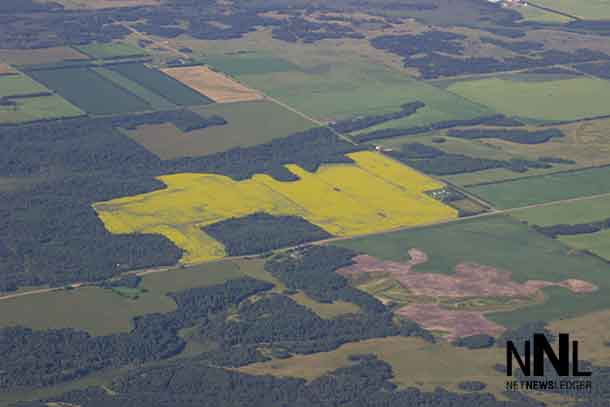
A clear road map to make our dairy sector more competitive is urgently needed as it faces more European imports
By Sylvain Charlebois
Columnist
HALIFAX, N.S – Business– Canada’s cheese processing sector faces some dramatic changes.
We’ll soon find out who gets to import tasty, inexpensive European cheese under the newly-ratified Comprehensive Economic and Trade Agreement (CETA) between Canada and the European Union.
There’s some debate about how farmers and cheesemakers should be compensated under CETA. But what should matter most is to whom Ottawa will grant permission to import tariff-free European cheese. As the July 1 implementation looms, a decision on import quotas is expected soon following months of highly-politicized consultations.
Canada has agreed to import 18,500 tonnes of European cheeses annually by year six of CETA. That represents two to three per cent of our domestic market. It may not seem like much but given our highly-protectionist supply management, in which Canada produces all of its own milk, CETA creates a significant breach.
Since the trade deal was first signed in 2014 by the former Conservative government, the quota-based dairy sector has been anxious. Ottawa still has offered no clear plans to make the Canadian cheese sector more competitive in response to high-quality European cheese imports.
Last fall, Ottawa announced two programs to make our dairy sector more CETA-ready: $250 million to make farms more competitive and $100 million to improve processing facilities. The most recent federal budget didn’t add anything.
When it signed the trade deal, the former Conservative government promised billions in compensation, raising expectations. So last fall’s funding was a disappointment for the sector, which needs much more.
According to some reports, the cost of milk production in Canada is almost double what it is in the United States. And, subsidies aside, many European dairy farms are more competitive than our farms.
Beyond the meagre financial supports, a clear road map to make our dairy sector more competitive is urgently needed. Such a plan should include a simple change in the Canadian Dairy Commission’s pricing formula to compensate farmers. Rewarding high performers should be key. Stragglers should be encouraged to exit the industry. Even the Dairy Farmers of Canada admit farms are falling behind.
With CETA, we can no longer afford to have farms view supply management as agricultural welfare.
We should consider internal quotas for external markets. This plan was once rejected by the World Trade Organization, but Canada could have a much stronger argument now to grant quotas to highly entrepreneurial, innovative farmers wanting to develop new markets aboard. It’s worth taking such a bold move to make Canada a world-class agri-food player.
However, the federal government’s best tools to offset CETA’s negative impact are import quotas, which we should expect soon. Under the deal, Canada will allocate annual cheese import licensing quotas. But who among grocers, processors, artisan cheesemakers, dairy farmers and restaurants will get licenses to import?
We know that at least 30 per cent of the quotas will be available to new entrants every year. The rest is up for grabs. Canadian importers must apply every year. Applicants need to reside in Canada and be active in the Canadian cheese sector. The eligibility is very broad.
Many of the licences should go to those most affected by CETA. Priority should be given to small dairy processors, mostly family-own fine cheesemakers. Farmer-owned co-operatives should also be considered, given their links to production.
If this isn’t done right, the dairy processing sector could suffer, since CETA makes it very vulnerable. Many great Canadian artisan cheesemakers could disappear.
Consumers shouldn’t expect price breaks, however. Cheese has always been expensive in Canada, yet consumers continued to buy it. Retailers could decide to sell more products at lower prices but that’s highly unlikely.
What will change, however, is the variety of products. European cheeses will set new flavour benchmarks for consumers. As a result, Canadian cheesemakers will face a different, more demanding consumer.
And if import quotas fail to support Canada’s dairy processing sector properly, cheese prices could actually go up.
Any way you cut it, Canada’s cheese sector is in for some dramatic changes.
Sylvain Charlebois is dean of the Faculty of Management and a professor in the Faculty of Agriculture at Dalhousie University, Senior Fellow with the Atlantic Institute for Market Studies and author of Food Safety, Risk Intelligence and Benchmarking, published by Wiley-Blackwell (2017).
© 2017 Distributed by Troy Media
The views, opinions and positions expressed by all columnists and contributors are the author’s alone. They do not inherently or expressly reflect the views, opinions and/or positions of NetNewsLedger.






